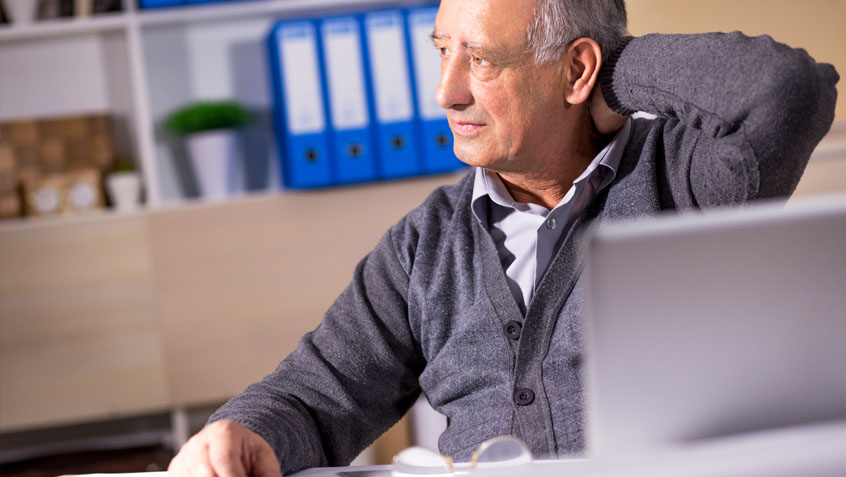This week, Health Affairs released a report finding that, increasingly, middle-income seniors will have not enough money to cover the cost of housing and healthcare. The authors project that by 2029, 14.4 million people over age 75 will be “middle income.” Around 60% of these older adults will have mobility limitations and 20% of whom will have high health care needs, but their incomes will put them at risk of not being able to afford health care or housing. Unfortunately, middle-income seniors are not served by the private seniors housing industry nor by the supportive housing available to lower income individuals. This means that 54% of these individuals will not have sufficient resources to pay for the level of care provided in senor housing.
Read More
The Centers for Medicare & Medicaid Services (CMS), the agency that oversees the Medicare program, released information about eight new payment and delivery models this week. Five of these models, collectively known as the CMS Primary Cares Initiative, will test new ways to pay Medicare primary care and other providers while the other three would explore ways for Medicare and Medicaid to better work together to provide coverage.
Read More
A new report from the AARP Public Policy Institute (PPI) examines trends in prices for 390 generic prescription drugs widely used by older adults. The report found that retail prices for these drugs fell by an average of 9.3% between 2016 and 2017; the general inflation rate rose by 2.1% during the same period. This follows two consecutive years of substantial generic drug price decreases; the previous two years saw prices increase.
Read More
A recent Kaiser Family Foundation report highlights the dramatic increase in Medicare spending on insulin products from 2007 to 2017. When taking into account payments made by plans, beneficiaries, and the federal government, spending increased by 840% from $1.4 to $13.3 billion.
Although there are an increasing number of Part D enrollees and an increase in the percentage of enrollees who have diabetes—with one third (33%) of people with Medicare diagnosed with diabetes in 2016, up from 18% in 2000—these trends do not account for the steep growth in overall spending. Indeed, the study notes that the average total Medicare Part D spending per user on insulin products increased by 358% between 2007 and 2016 (from $862 to $3,949).
Read More
This week, the Georgetown University Health Policy Institute’s Center on Health Insurance Reforms highlighted an important new study about short-term insurance plans. This study, prepared by the Kleimann Communication Group and commissioned by the consumer representatives to the National Association of Insurance Commissioners (NAIC), revealed that consumers do not understand […]
Read More
This week, the Medicare Rights Center responded to a U.S. Department of Health and Human Services (HHS) proposed rule that would change the way that Medicare prescription drug plans (PDPs) and their pharmacy benefit managers (PBMs) negotiate and pay for drugs. Under the current Part D payment system, plans submit […]
Read More
As a result of the Medicare Access and CHIP Reauthorization Act of 2015 (MACRA), individuals who are newly eligible for Medicare on or after January 1, 2020 will not be able to purchase Medigap Plan C or Plan F (including the Plan F high deductible option). This is because after January 1, 2020, MACRA prevents individuals new to Medicare from purchasing Medigaps that pay for the Part B deductible ($185 in 2019). Both Plan C and Plan F cover the Part B deductible.
Read More
Today, the Medicare Rights Center released its annual helpline trends report, which outlines the top ongoing challenges facing people with Medicare. The report’s findings are based on thousands of calls to the Medicare Rights’ national consumer helpline and millions of visits to Medicare Interactive, the online Medicare reference tool developed by Medicare Rights.
Read More
The President’s budget is a powerful document, as it represents the Trump administration’s vision for the country—a roadmap for where it would like lawmakers to go. It reflects the administration’s fiscal and programmatic priorities, which again this year do not include people with Medicare.
Further, because many older adults and people with disabilities look to a constellation of programs to stay healthy as they age, the budget’s Medicare cuts alone don’t tell the full story of how the administration’s vision for the future would impact beneficiaries.
Read More









